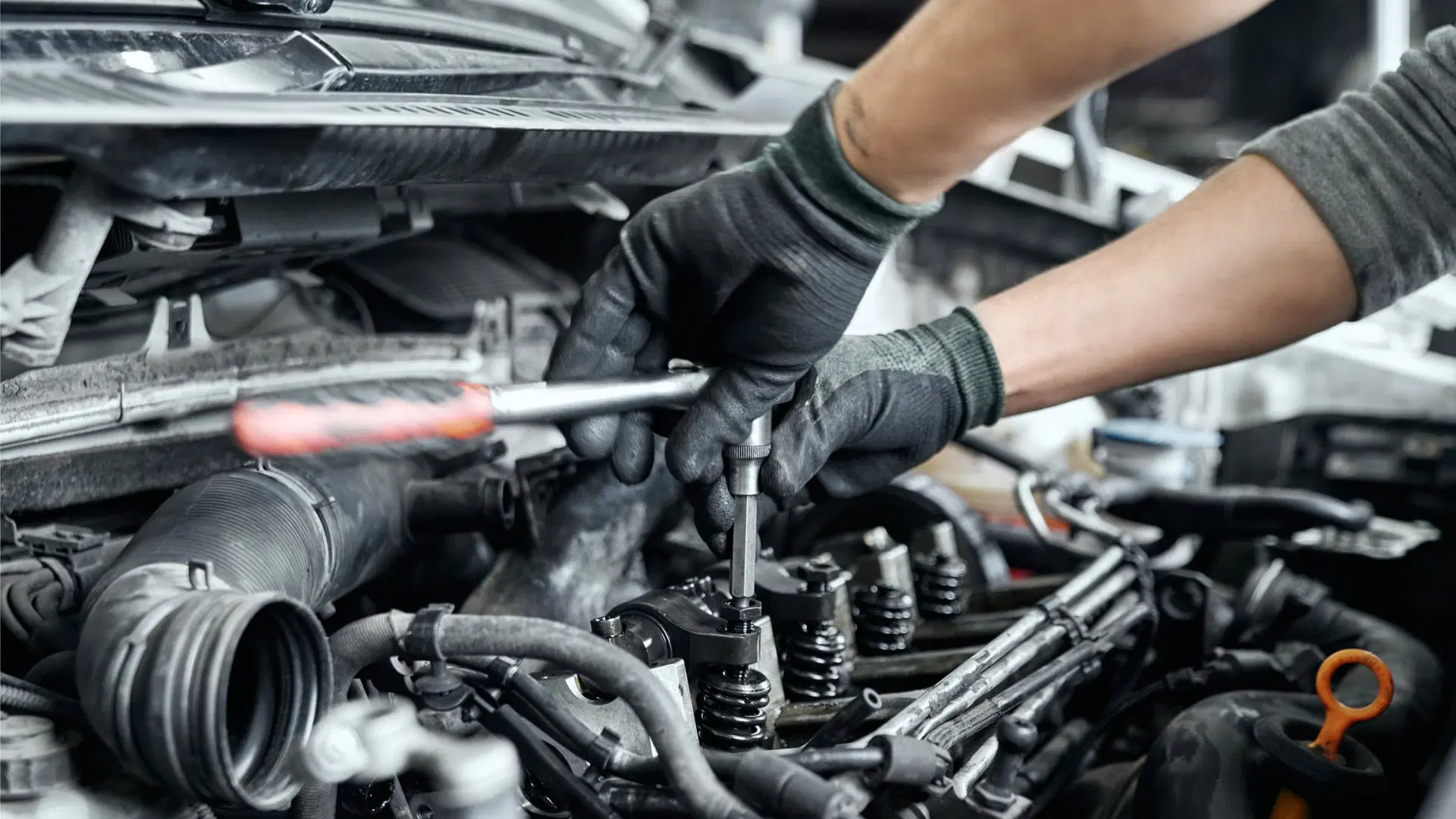Imagine a world where cars seamlessly navigate through traffic, effortlessly avoiding accidents and congestion. A world where the stress of commuting is replaced with relaxation or productivity. This utopian vision of transportation is becoming closer to reality thanks to advancements in artificial intelligence (AI) and autonomous driving technology. In this blog post, we will explore how AI is revolutionizing the automotive industry, transforming our roads into safer, more efficient networks that cater to our ever-evolving needs. Buckle up as we embark on a thrilling journey into the future of autonomous driving!
What is Autonomous Driving?
Autonomous driving is a technology that allows a vehicle to operate without the need for human input. Autonomous driving can be divided into three main categories: semi-autonomous, driverless, and fully autonomous. Semi-autonomous systems allow drivers to take control of the vehicle in specific situations, like when they’re approaching or passing a car in front of them. Driverless cars rely on sensors and software to keep track of the surrounding environment and make decisions on their own. Fully autonomous vehicles don’t have any human involvement at all, meaning the car can drive itself without any input from the driver.
There are many different reasons why companies are investing in autonomous driving technology. Some believe it could help reduce traffic congestion by allowing more people to use ridesharing services or take public transportation instead of driving their own cars. Others think it could help reduce the number of accidents caused by human error. And finally, there’s the potential for autonomous vehicles to replace traditional cars completely in the future.
There are also some potential drawbacks to autonomous driving technology. For example, if there’s an emergency situation where someone needs to take control of the vehicle quickly, semi-autonomous systems may not be able to handle the task properly. Additionally, if global warming causes sea levels to rise significantly, many coastal cities will become uninhabitable due to flooding caused by high waves and high tides. If this happens, it would be hard for people living in these cities to replace their cars with autonomous ones
How AI is Transforming the Automotive Industry
The automotive industry has always been a vital part of the economy, and it’s no different today. In 2017, global sales reached 70.3 million units, and that number is only projected to grow in the coming years. But what does this mean for the future of autonomous driving?
One of the biggest benefits of autonomous driving technology is that it can greatly reduce crashes and fatalities on our roads. By using AI to help drivers stay safe while they’re behind the wheel, we can reduce injuries and save lives.
But there are other benefits as well. For example, autonomous driving can also help improve fuel efficiency by helping drivers use less gas. And since many automotive parts are now made overseas, autonomous driving can also create jobs in countries like China and India where labor costs are lower.
All of these benefits make autonomous driving one of the most important developments in car technology in recent history. And it’s not just cars that are benefiting: self-driving trucks are already being used to transport goods across North America, Europe, and Asia, and there’s no reason to believe that this trend won’t continue into the future.
Benefits of Autonomous Driving
The future of autonomous driving is transforming the automotive industry, and there are many benefits to be gained. First and foremost, autonomy will reduce traffic congestion and make transportation more affordable. It also has the potential to improve safety by removing human error from the equation. In addition, autonomous driving could lead to increased innovation in automotive manufacturing as well as new services that could be offered through self-driving cars.
Challenges of Autonomous Driving
As autonomous driving technology continues to develop, manufacturers are beginning to explore new ways to integrate it into their vehicles. However, there are still many challenges that need to be overcome before autonomous driving can become a mainstream method of transportation. Here are four of the most important:
1. Limited Range and Coverage: Currently, autonomous cars have a limited range and coverage area. This is because they require a lot of data in order to function properly, which means that they can only travel in certain directions and generally only within well-defined areas. As the technology improves, this limitation will gradually begin to lessen, but for now it remains an obstacle that needs to be addressed.
2. Unreliable Hardware: Autonomous car hardware is not yet reliable enough for widespread use. This is because the sensors needed for autonomous driving need to be very accurate in order to provide accurate feedback to the computer system controlling the vehicle. If these sensors malfunction or do not work as expected, then the whole system can quickly become useless. Until better sensors are developed, autonomous cars will largely remain experimental devices.
3. Poor Software: The software used to control autonomous cars also remains relatively unstable and unreliable at this stage in development. This is because it requires a great deal of expertise and experience in order to create effective algorithms for controlling self-driving cars – something that many companies currently lack experience in building. As such, even minor glitches can cause major problems for drivers using autonomous cars, requiring them to take
